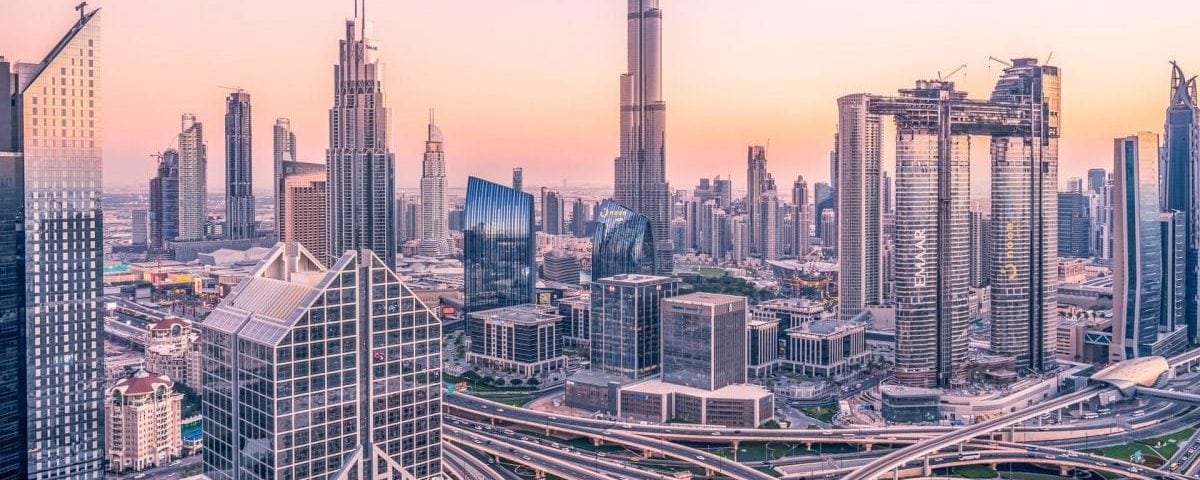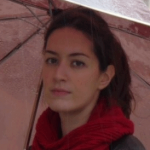
As the famous urban activist Jane Jacobs once wrote, “Cities have the capability of providing something for everybody, only because, and only when, they are created by everybody”.
The implications of exponential tech on cities is vast, and in our lifetimes, we will see exciting developments that blur the lines between science fiction and reality. The future of cities will be an exciting place for innovation and disruption. There are some projects in this area that could be the perfect example of that:
1) Sidewalk Labs
In October 2017, Sidewalk announced its plans to build a tech-centered neighborhood southeast of downtown Toronto. The project, said that the city will be “a testbed for emerging technologies, materials and processes that will address these challenges and advance solutions that can be replicated in cities worldwide.” Sidewalk Labs’ plan was to spend $1.3 billion on mass timber housing, heated and illuminated sidewalks, public Wi-Fi, and, of course, a host of cameras and other sensors to monitor traffic and street life. Residents objected to the company’s approach to privacy and intellectual property. As a result of the COVID-19 pandemic has made the proposed project financially unviable.
But in October 2020, Sidewalk Labs has launched Delve, a tool that uses artificial intelligence to create “millions of design possibilities” for urban developments in minutes. To create the basis for Delve designs, Sidewalks Labs made a starter model of core components typically used in neighbourhood developments that includes buildings, open spaces, amenities, streets, and energy infrastructure. By applying artificial intelligence to that model, Delve explores millions of design possibilities for a given project, measuring the impact of these designs.
2) Toyota
Toyota revealed this year plans to build a prototype “city” of the future on a 175-acre site at the base of Mt. Fuji in Japan.
Envisioned as a “living laboratory,” the Woven City will serve as a home to full-time residents and researchers who will be able to test and develop technologies such as autonomy, robotics, personal mobility, smart homes and artificial intelligence in a real-world environment. Toyota will extend an open invitation to collaborate with other commercial and academic partners and invite interested scientists and researchers from around the world to come work on their own projects in this one-of-a-kind, real-world incubator.
Toyota is calling the site “Woven City,” a reference to weaving together three different types of streets or pathways, each for a specific type of user. One street would be for faster vehicles only. The second would be a mix of lower-speed personal mobility vehicles, like bikes and scooters, as well as pedestrians. And the third would be a park-like promenade for pedestrians only. “These three street types weave together to form an organic grid pattern to help accelerate the testing of autonomy,” the company says.
3) Dubai
Dubai Plan 2021 describes the future of Dubai through holistic and complementary perspectives, starting with the people and the society who have always been, and always will be, the bedrock of the city. The city has laid out 2021 goals that include:
- 25% of buildings in Dubai are based on 3D printing technology by 2030
- 25% of the total transportation in Dubai to autonomous mode by 2030
- Rashid Al Maktoum Solar Park is the largest single-site solar park in the world
- Integrating passenger drones that can carry individuals into their public transportation system
Also, The Museum of the Future based in Dubai will feature interesting displays explaining how technology can evolve in the next 20 years. Founded by the Dubai Future Foundation, the museum will demonstrate how technology can enhance our bodies and minds, as well as manage social and economic solutions.
Co-creating cities
These are great examples, but I believe co-creation will play a key role in the development of smart cities and the cities of the future, with citizens contributing to everything from the future of transport and public service improvements.
In 2015, Madrid opened Decide Madrid, an online platform to engage local communities in the governance to drive the re-creation of their city. Through the platform, citizens can propose and support ideas for new legislation affecting them and comment and vote for any legislative text introduced by the council.
Amsterdam, has also committed to engage citizens in its transition to becoming a climate-neutral city. Its goals: to eliminate its dependence on coal, oil and gas, and reach 55% fewer emissions in 2030 and 95% fewer emissions in 2050. Citizens are taking the initiative to renovate their own homes and cooperating to form local energy cooperatives.
Milan is working on behaviour change campaigns using apps and gamification activities to encourage people to take public transport while collecting data for policymaking. They are also organising citizen training and learning events to overcome the digital and ecological divides in the population.
Our cities today face challenges from providing healthcare for an aging population, improving air quality, transforming transport to be more sustainable and (re-)building energy efficient housing to name a few. But cities cannot work in isolation to find solutions to such challenges. Cooperation with businesses, academics and public authorities is important to stimulate and steer change, however involving the citizens who live and work in those cities enable to co-create the urban spaces of the future together. It is the urban planning equivalent of human-centered design: start by looking at where an individual lives and where they need to get to, and figure out how to retool our neighborhoods and cities to be ease of access that makes urban living great.





There are no comments yet